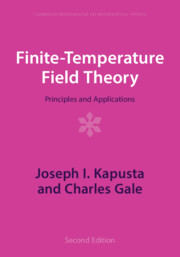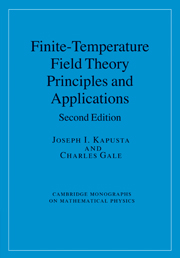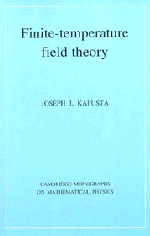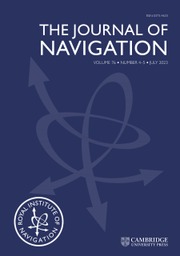Finite-Temperature Field Theory
This book develops the basic formalism and theoretical techniques for studying relativistic quantum field theory at high temperature and density. Specific physical theories treated include QED, QCD, electroweak theory, and effective nuclear field theories of hadronic and nuclear matter. Topics covered include: functional integral representation of the partition function, diagrammatic expansions, linear response theory, screening and plasma oscillations, spontaneous symmetry breaking, Goldstone theorem, resummation and hard thermal loops, lattice gauge theory, phase transitions, nucleation theory, quark-gluon plasma, and color superconductivity. Applications to astrophysics and cosmology cover white dwarf and neutron stars, neutrino emissivity, baryon number violation in the early universe, and cosmological phase transitions. Applications to relativistic nucleus-nucleus collisions are also included. The book is written for theorists in elementary particle physics, nuclear physics, astrophysics, and cosmology. Released initially in 2006, this title has been reissued as an Open Access publication on Cambridge Core.
- The authors' clear and pedagogical style will suit graduate courses
- Contains exercises at the end of each chapter and numerous references to the literature
- Second edition (2006) is thoroughly updated, revised and extended
- Reissued as an Open Access title on Cambridge Core
Product details
No date availablePaperback
9781009401982
442 pages
254 × 177 × 24 mm
0.85kg
Table of Contents
- 1. Review of quantum statistical mechanics
- 2. Functional integral representation of the partition function
- 3. Interactions and diagrammatic techniques
- 4. Renormalisation
- 5. Quantum electrodynamics
- 6. Linear response theory
- 7. Spontaneous symmetry breaking and restoration
- 8. Quantum chromodynamics
- 9. Resummation and hard thermal loops
- 10. Lattice gauge theory
- 11. Dense nuclear matter
- 12. Hot hadronic matter
- 13. Nucleation theory
- 14. Heavy ion collisions
- 15. Weak interactions
- 16. Astrophysics and cosmology
- Conclusion
- Appendix.







